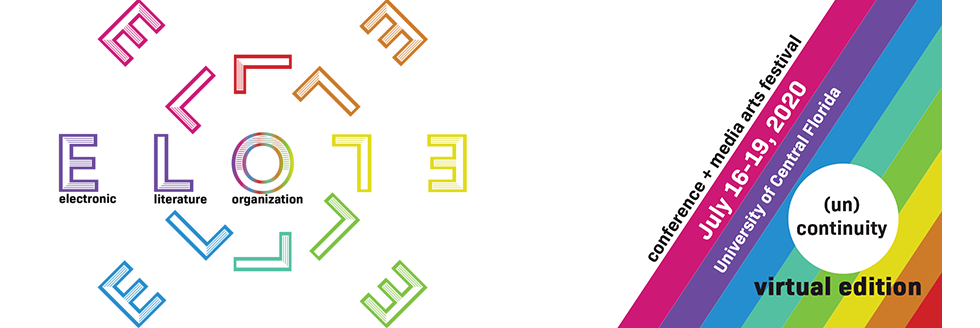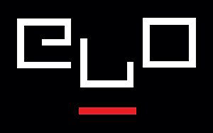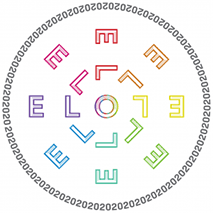Loading...
Submission Type
Conference Talk - Individual
Abstract
By developing Anscombe’s concept, John Searle (1995) differentiate the facts which require human agreement as institutional facts, and those not require human institutions for their existence as brute facts. Searle uses the idea of institutional facts to analyse our social phenomena and the social reality underneath. In a recent paper by Nguyen (2019), he suggests a related idea to investigate the ontology of computer game. By applying the theory of prescriptive ontology, which means “works are partially constituted by prescriptions about how they are to be encountered”, he suggests games, just like any kinds of artifacts, are both social artifacts and material artifacts at the same time. The social aspect of a game is dictated by the normative framework it belongs to and it guides how a user/ participant approach the game (i.e. play and win the game). However, when we try to expand this idea to the so called art games (artworks about games) and gamearts (games with a “deeper” meaning than entertainment), as Nguyen suggests, we are still struggling to locate suitable conceptual spaces for them and there are no stable normative framework to confine them similar to regular computer games or works of other media.
In this paper, I would try to expand this issue to Chinese text-based media artworks. In a text-based media artwork, we can consider the text as a social artifact if we are reading them as verbal signs or signifiers for language communication. On the other hand, if we are not reading the text as signs with semantic values, either because we do not understand the language or they are created as incomprehensible, but we are still trying to make senses with them, for examples, as signifiers of other modes (i.e. icon or index signs) or for other use (e.g. decoration), or still for communication but not in a “normative” way, in this case we can consider the text as material artifact while we are approaching the whole work as a social artifact, an artwork.
Because of the logographic nature of Chinese characters, I would argue the struggle on how we adapt a normative framework to make sense with a Chinese text-based media artwork is different from how we make sense with a letter-based ones. Examples of text-based works from artists such as Wong Chung-yu, Cheung Hon Him will be raised to show that Chinese text-based works can demonstrate a unique tension not only matters to how we read the text but also what kind of framework we should follow to interact with the works.
Nguyen, C. T. (2019). The right way to play a game. Game Studies, 19(1).
Searle, J. (1995). The construction of social reality. New York: Free Press.
The prescription of approaching the Chinese text in interactive works
By developing Anscombe’s concept, John Searle (1995) differentiate the facts which require human agreement as institutional facts, and those not require human institutions for their existence as brute facts. Searle uses the idea of institutional facts to analyse our social phenomena and the social reality underneath. In a recent paper by Nguyen (2019), he suggests a related idea to investigate the ontology of computer game. By applying the theory of prescriptive ontology, which means “works are partially constituted by prescriptions about how they are to be encountered”, he suggests games, just like any kinds of artifacts, are both social artifacts and material artifacts at the same time. The social aspect of a game is dictated by the normative framework it belongs to and it guides how a user/ participant approach the game (i.e. play and win the game). However, when we try to expand this idea to the so called art games (artworks about games) and gamearts (games with a “deeper” meaning than entertainment), as Nguyen suggests, we are still struggling to locate suitable conceptual spaces for them and there are no stable normative framework to confine them similar to regular computer games or works of other media.
In this paper, I would try to expand this issue to Chinese text-based media artworks. In a text-based media artwork, we can consider the text as a social artifact if we are reading them as verbal signs or signifiers for language communication. On the other hand, if we are not reading the text as signs with semantic values, either because we do not understand the language or they are created as incomprehensible, but we are still trying to make senses with them, for examples, as signifiers of other modes (i.e. icon or index signs) or for other use (e.g. decoration), or still for communication but not in a “normative” way, in this case we can consider the text as material artifact while we are approaching the whole work as a social artifact, an artwork.
Because of the logographic nature of Chinese characters, I would argue the struggle on how we adapt a normative framework to make sense with a Chinese text-based media artwork is different from how we make sense with a letter-based ones. Examples of text-based works from artists such as Wong Chung-yu, Cheung Hon Him will be raised to show that Chinese text-based works can demonstrate a unique tension not only matters to how we read the text but also what kind of framework we should follow to interact with the works.
Nguyen, C. T. (2019). The right way to play a game. Game Studies, 19(1).
Searle, J. (1995). The construction of social reality. New York: Free Press.




Bio
Mr. Yue-Jin Ho is a Senior Lecturer in Creative Arts at the Open University of Hong Kong and currently working on his PhD in the School of Creative Media, City University of Hong Kong. He is also an artist, translator and writer. His works often deal with the relations between materiality, writing and history. His works have been selected by international festivals such as the IFVA Hong Kong, Cinetribe Osaka, ZEBRA Poetry Film Festival Berlin and Shanghai Biennale. Currently, his research focuses on Chinese text-based new media arts and visual poetry.